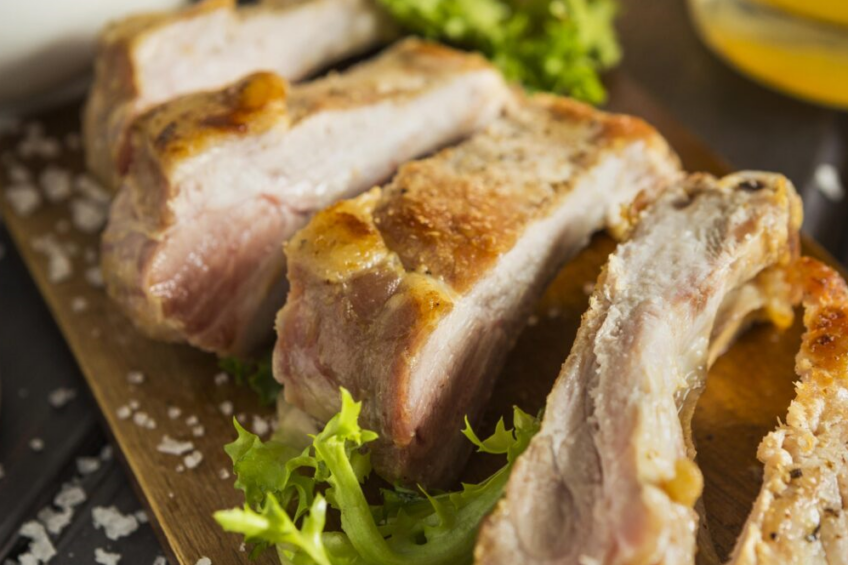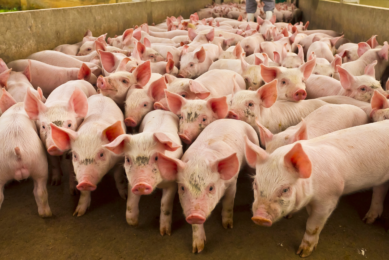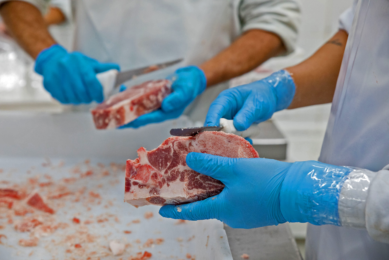The Philippines: the new China for Brazilian pork exports

For the first time, the Philippines has become the leading destination for Brazilian pork exports surpassing China, the main destination since 2018. Before that, Russia led this ranking for over a decade.
In 2024, the archipelago bought 206,000 tonnes between January and October — a remarkable 103.3% increase compared to the same period in 2023. “After years of China dominating the primary market for Brazilian pork, the Philippines has taken the lead. This shift comes as the sector significantly diversifies its export portfolio,” said Ricardo Santin, president of the Brazilian Animal Protein Association (ABPA).
China in second place
China, once the top importer, now holds the second position with 199,900 tonnes, a sharp decline of 40.6%. Other key markets include Chile (92,500 tonnes, up 33.9%), Hong Kong (89,400 tonnes, down 11.8%), and Japan (75,800 tonnes, up 137.2%). “In October alone, among the top 10 importers, only 2 showed a decline in growth. This scenario indicates a more commercially sustainable outlook for Brazil’s pork export industry”, added.
Exports in 2024
Brazil’s pork exports, including fresh and processed products, have seen a 10.7% increase in volume, reaching 1.121 million tonnes between January and October 2024, compared to 1.013 million tonnes during the same period in 2023. Revenue has also grown by 5.2% to USD 2.482 billion this year, up from US$ 2.361 billion in 2023.
October: The second best month ever
October alone saw Brazilian pork exports total 130,900 tonnes — the second-highest monthly performance in history. This number represents a 40.7% increase compared to October 2023, when 93,000 tonnes were shipped. Revenue reached a historic high of US$ 313.3 million, a 56.4% jump from US$ 200.3 million recorded in the same month last year.
Santa Catarina still leads
Santa Catarina remains the largest pork exporter state, with 68,600 tons shipped in October — a 45.7% increase compared to the same month in 2023. Rio Grande do Sul follows with 27,600 tons, up 25.6%, and Paraná ranks third with 20,600 tons, marking a 44.5% increase. In contrast, Mato Grosso reported a 19.2% decline (3,000 tons), while Mato Grosso do Sul saw a 54.6% surge (2,900 tons).
This shift underscores Brazil’s growing prominence in global pork markets, showcasing resilience and adaptability in an evolving export landscape.











